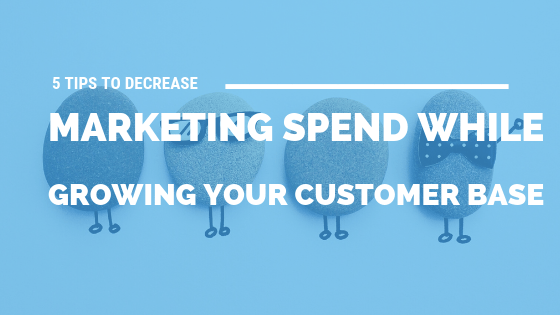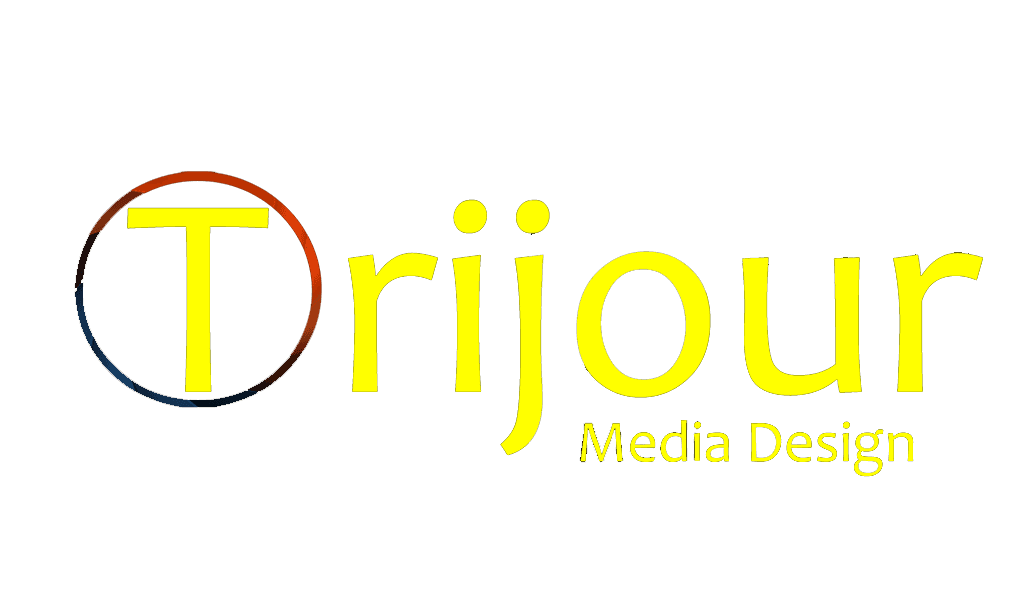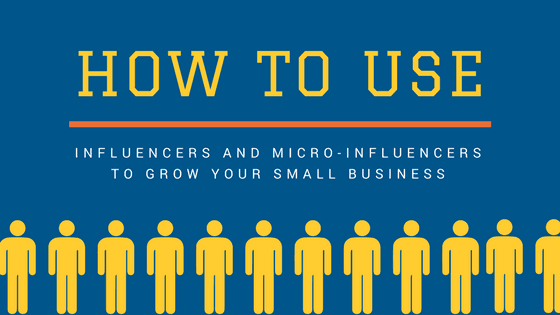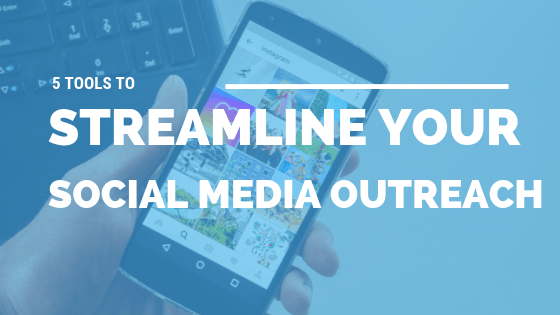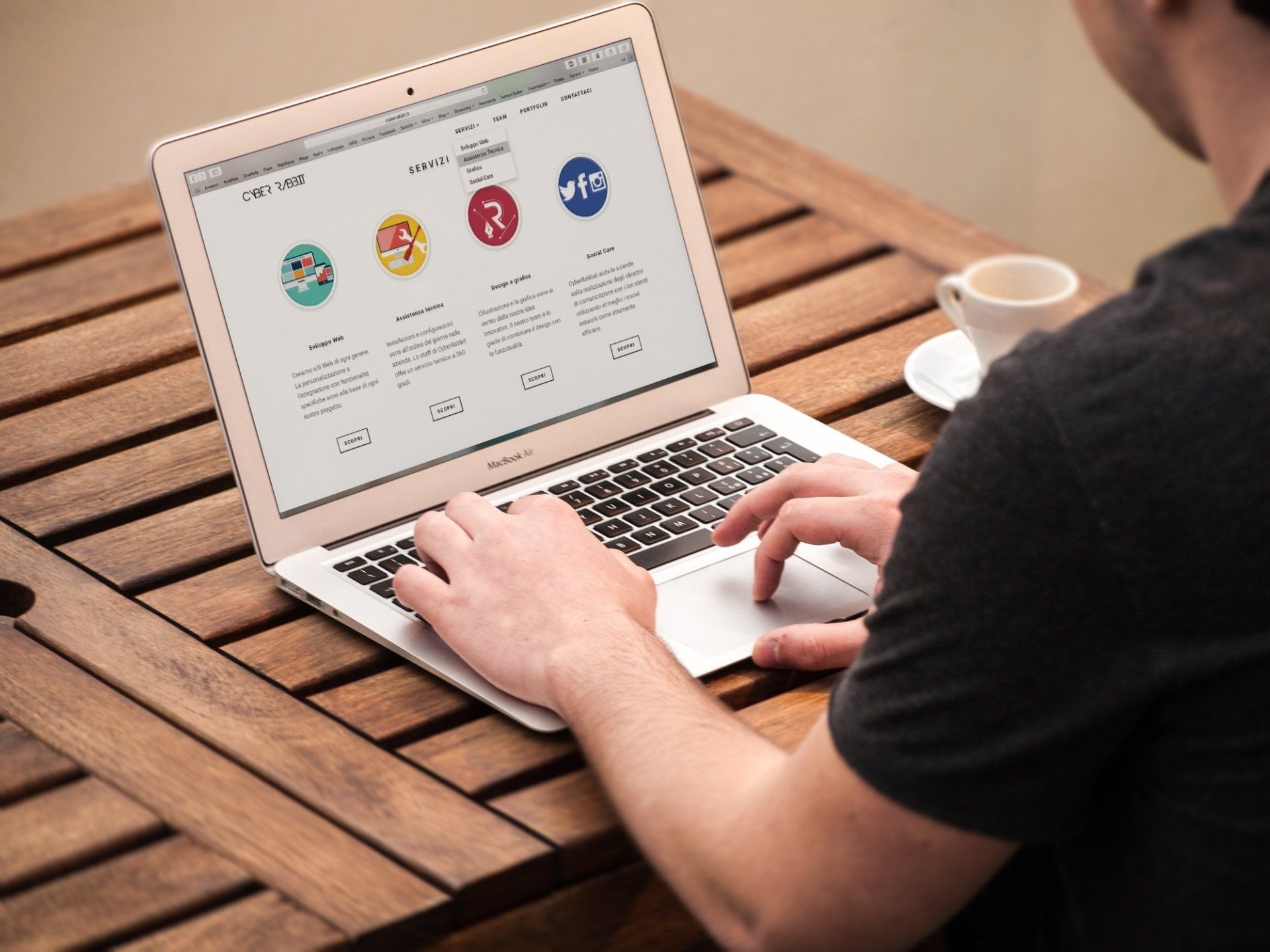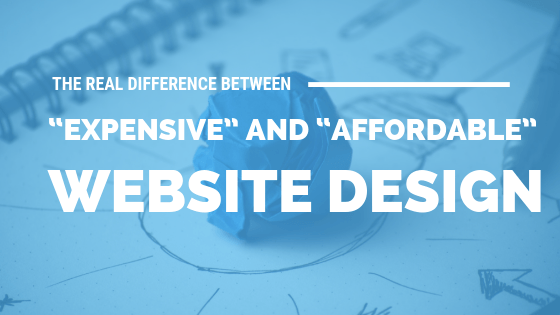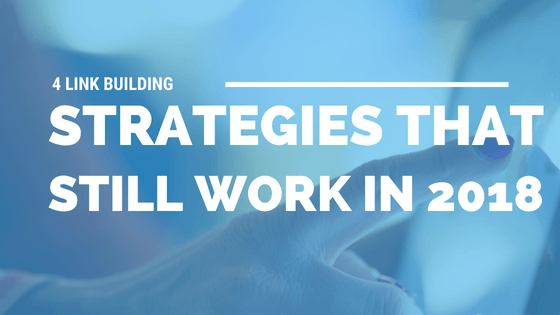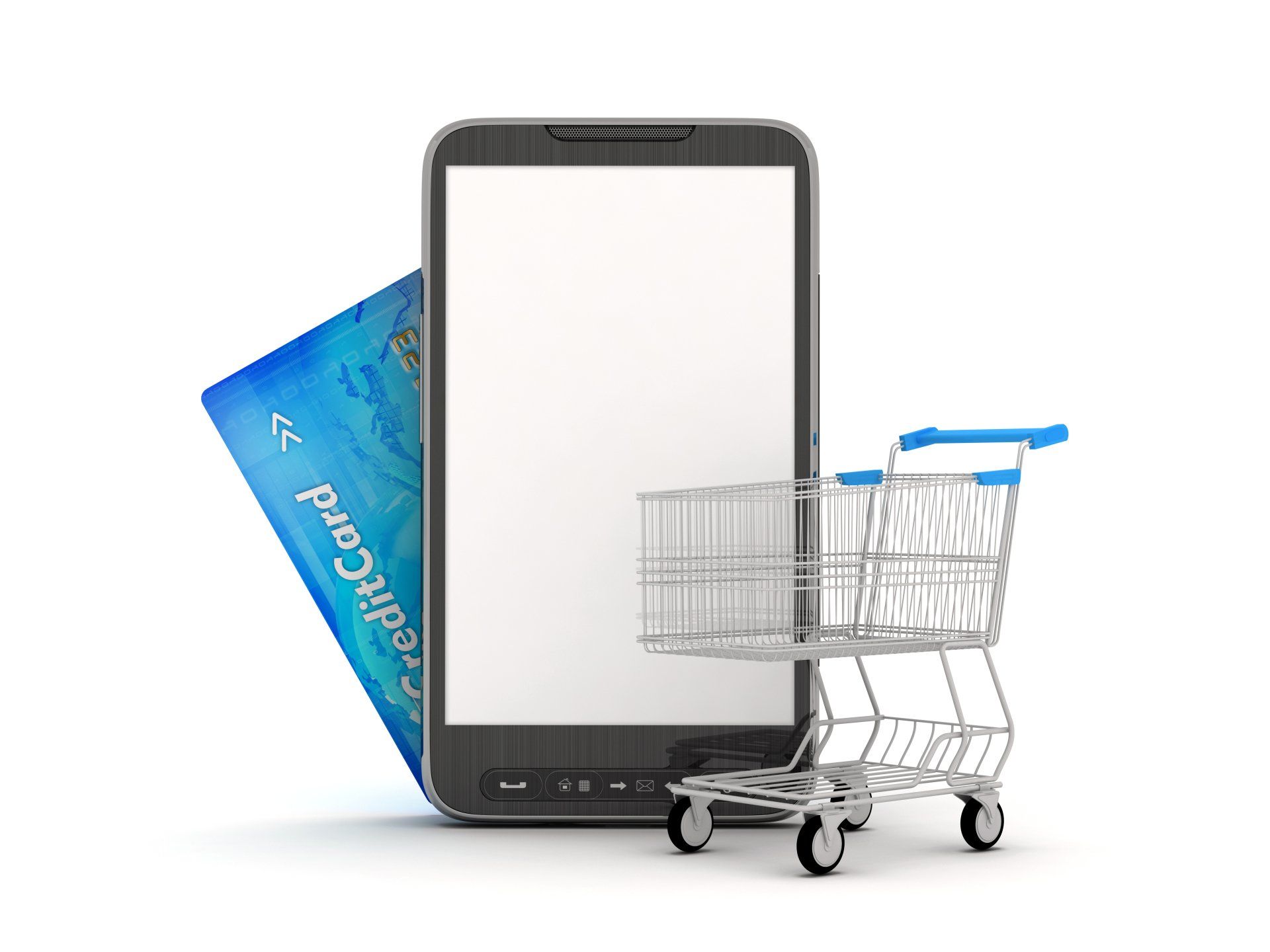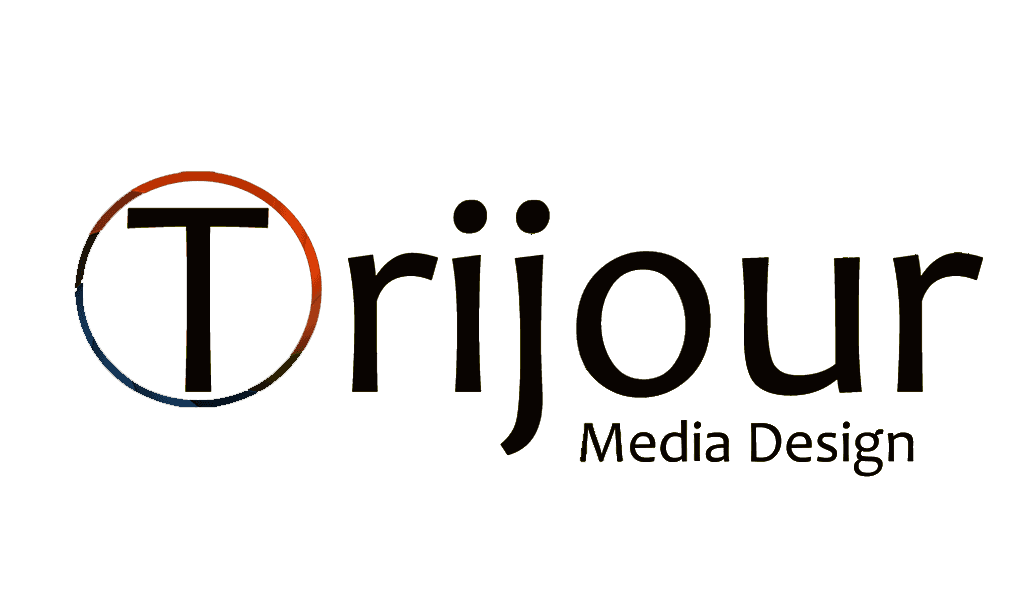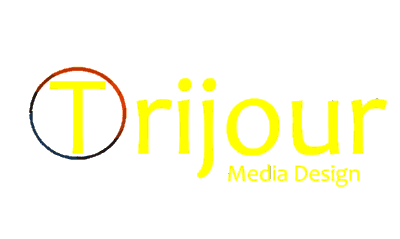How to Use Influencers and Micro-Influencers to Grow Your Small Business
The latest trend sweeping through the fast-paced world of
Internet marketing is that of the influencer, a person with enough social media
capital to shift the fortunes of a company merely by lending them their
endorsement. An influencer’s endorsement can be explicit or implicit; they can
practically beg their followers to purchase a product or service, or merely
wear a hat with the company logo. Indeed, influencer marketing takes many forms and is becoming increasingly important,
with some companies going so far as to build their brands around the people
they believe are most capable of reaching their target audience. Here’s how you
can use influencer marketing, including micro-influencers, to grow your small
business.
Plan Around Personas
One important step for any marketing campaign is to build customer personas. These are hypothetical demographics of potential consumers, built from observable data on what types of people buy products like yours, and how they find out about them. Look at the data on who buys your products and the journey they go on from becoming aware of them to making a purchase. Then construct a few personas that your target audience fits into.
Identify Your Influencers
Now that you’ve built your customer personas, you know what types of people you’re trying to reach. You can use this information to identify people who appeal to your customer personas. The niche that your product aims to appeal to is likely being filled by numerous online personalities. Try searching the types of hashtags that your customer personas would search on Instagram or Twitter, and see where the top posts using these tags are coming from. If there’s someone consistently generating large numbers of shares and pageviews using these hashtags, they’re a potential influencer.
Pick the Right People
Not every person with a large social following wields the same level of influence over their followers. One of the reasons influencer marketing is so popular is that it leverages the unique relationships that popular social media figureheads have with their fans, but these relationships go beyond just one person following another. Successful influencers engage with their fans in the comments on their posts, seek out trending topics and popular hashtags, and curate their personal brands on a daily basis. These are the influencers you want to partner with.
Micro over Macro
T he term “micro-influencer” refers to consumers who have highly engaged followers, centered around a particular topic. Micro-influencers may have a smaller follower count than macro-level influencers, but their fan base is much more dedicated and likely to respond to a call to action. And with a smaller follower base, micro-influencers have more time to directly correspond with followers, leading to more engagement and more potential profit from a partnership.
Partner Up
Having identified the macro- or micro-influencers you believe can best exert an effect on your customer personas, it’s up to you to get them on board. Reach out to them with a free product or a monetary offer-and keep in mind that micro-influencers come at a fraction of the price of influencers with higher follower counts. If this process sounds overly complicated, you might consider working with an influencer marketing agency like Unity Influence or Izea.
